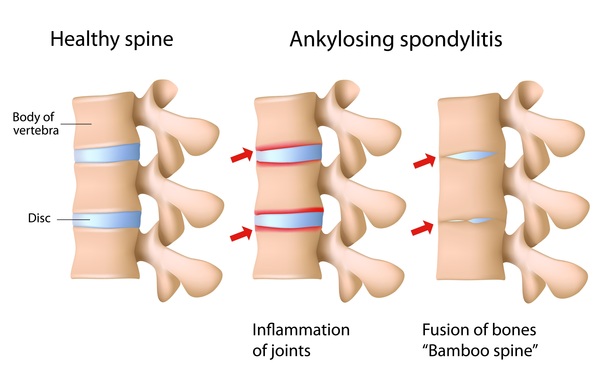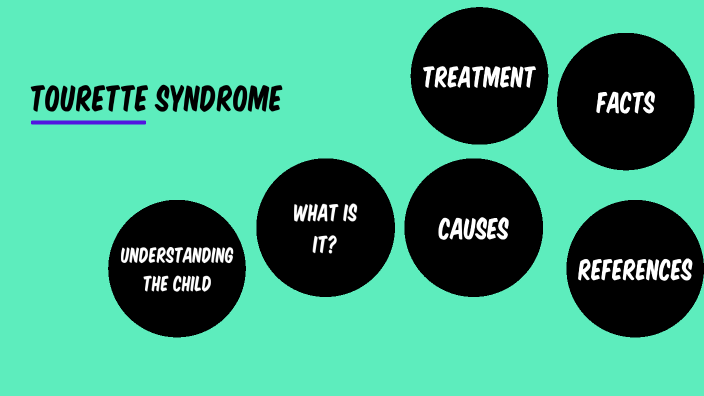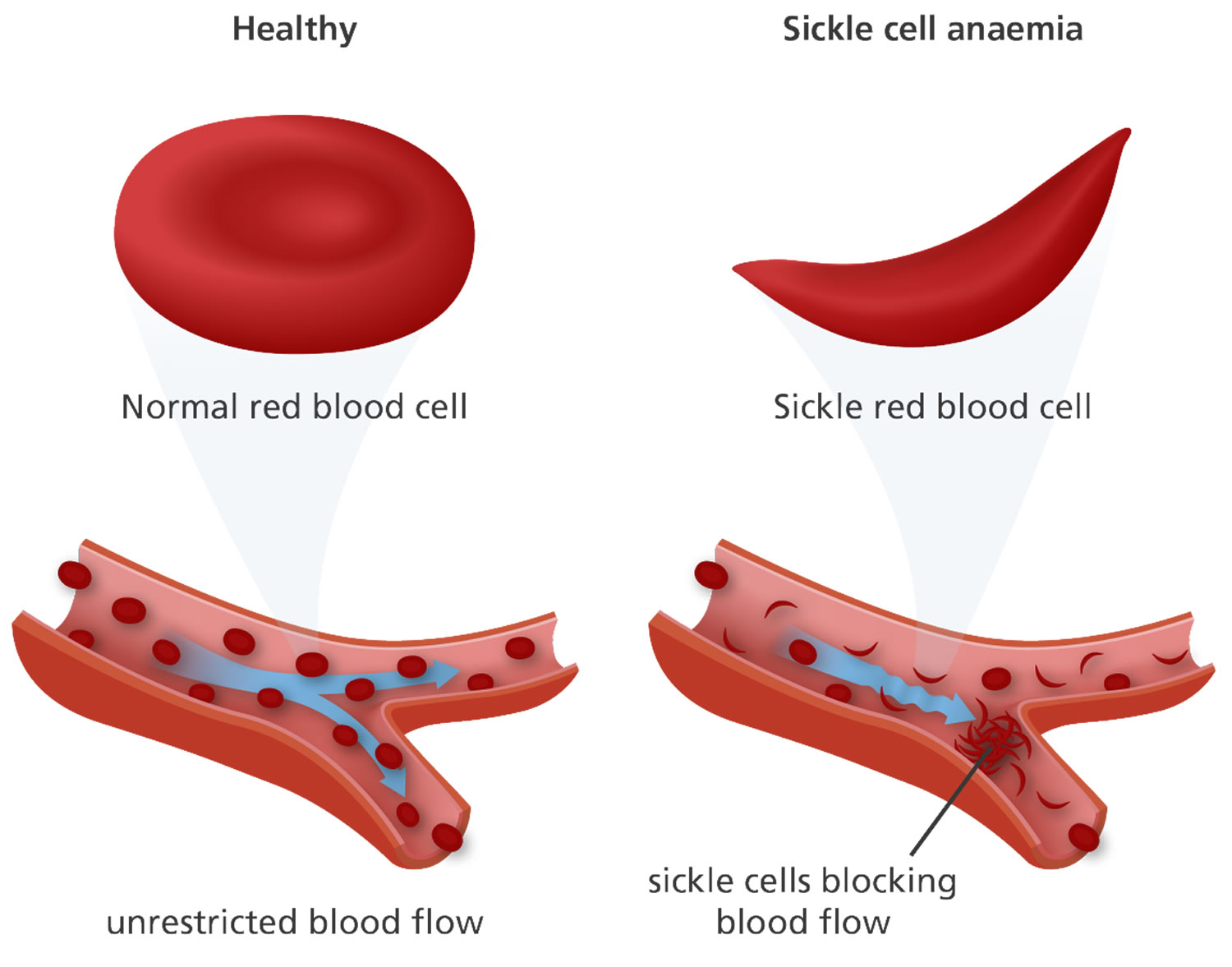Nursing Paper Example on Bulimia Nervosa: Understanding and Treating the Cycle of Binge and Purge
/in Assignment Help, Assignment Help Nursing, BLOG, Homework Help, Nursing Exam Help, Nursing Paper Help, Solved Nursing Essays /by Aimee GraceNursing Paper Example on Bulimia Nervosa: Understanding and Treating the Cycle of Binge and Purge
Bulimia nervosa is a debilitating eating disorder that affects millions of individuals worldwide, predominantly striking adolescents and young adults. This disorder is characterized by a destructive cycle of binge eating followed by purging behaviors, such as vomiting or excessive exercise, in an attempt to compensate for the consumed calories. While bulimia nervosa is often associated with distorted body image and weight concerns, its underlying causes are complex and multifaceted, involving a combination of genetic, psychological, environmental, and societal factors. Understanding the nature of bulimia nervosa is crucial for recognizing its signs and symptoms, implementing effective treatment strategies, and supporting individuals on their path to recovery. In this paper, we will delve into the causes, signs and symptoms, etiology, pathophysiology, DSM-5 diagnosis criteria, treatment regimens, patient education, and conclude with insights into addressing this pervasive eating disorder. By shedding light on bulimia nervosa, we aim to promote awareness and foster a compassionate understanding of this often misunderstood condition. (Nursing Paper Example on Bulimia Nervosa: Understanding and Treating the Cycle of Binge and Purge)

Causes
The development of bulimia nervosa is influenced by a combination of genetic, psychological, environmental, and societal factors. Genetic predisposition plays a role, as individuals with a family history of eating disorders are more susceptible to developing bulimia. This suggests a hereditary component that may contribute to the disorder’s manifestation.
Psychological factors also contribute significantly to the development of bulimia nervosa. Low self-esteem, perfectionism, and body dissatisfaction are commonly observed traits in individuals with bulimia. These psychological factors often fuel a negative body image and a relentless pursuit of thinness, which can drive disordered eating behaviors.
Environmental factors, such as societal pressure to attain an idealized body shape, can also contribute to the development of bulimia nervosa. Media portrayal of thinness as the epitome of beauty and success can create unrealistic expectations and foster feelings of inadequacy in susceptible individuals.
Additionally, traumatic life events, such as childhood abuse, neglect, or dysfunctional family dynamics, may contribute to the onset of bulimia nervosa. These experiences can trigger maladaptive coping mechanisms, including disordered eating behaviors, as individuals attempt to regain a sense of control over their lives.
Furthermore, cultural factors can influence the development of bulimia nervosa. Societies that prioritize thinness and equate it with beauty and success may perpetuate disordered eating behaviors among susceptible individuals.
In summary, the causes of bulimia nervosa are multifaceted and involve a complex interplay of genetic, psychological, environmental, and societal factors. Understanding these underlying causes is crucial for developing effective prevention and intervention strategies to address this pervasive eating disorder. (Nursing Paper Example on Bulimia Nervosa: Understanding and Treating the Cycle of Binge and Purge)
Signs and Symptoms
Recognizing the signs and symptoms of bulimia nervosa is essential for early intervention and treatment. Individuals with bulimia often exhibit a range of behavioral, physical, and emotional indicators that signify their struggle with disordered eating.

One of the hallmark signs of bulimia nervosa is recurrent episodes of binge eating, where individuals consume large amounts of food in a short period, often feeling a loss of control during these episodes. Binges are typically followed by compensatory behaviors to prevent weight gain, such as self-induced vomiting, misuse of laxatives or diuretics, fasting, or excessive exercise.
Frequent trips to the bathroom after meals may also indicate bulimia, as individuals may engage in purging behaviors to rid their bodies of consumed calories. Evidence of vomiting, including the smell of vomit or the presence of vomit residue, may be observed in bathrooms or other private areas.
Physical signs of bulimia nervosa may include swollen cheeks or jaw, caused by repeated episodes of self-induced vomiting. Additionally, calluses or scars on the knuckles or hands, known as Russell’s sign, may develop from the act of self-induced vomiting.
Dental problems such as enamel erosion, cavities, or tooth sensitivity may also be present due to frequent exposure to stomach acid from vomiting. Gastrointestinal issues, such as acid reflux or bloating, may occur as a result of purging behaviors.
Emotionally, individuals with bulimia nervosa may experience feelings of guilt, shame, or embarrassment related to their binge eating and purging behaviors. They may also exhibit mood swings, irritability, or depression as a result of their struggles with food and body image.
Overall, recognizing these signs and symptoms is crucial for identifying individuals who may be struggling with bulimia nervosa and facilitating timely intervention and support. (Nursing Paper Example on Bulimia Nervosa: Understanding and Treating the Cycle of Binge and Purge)
Etiology
The etiology of bulimia nervosa is multifaceted, involving a complex interplay of genetic, psychological, environmental, and sociocultural factors. Understanding these underlying influences is crucial for elucidating the development and maintenance of this eating disorder.
Genetic predisposition is believed to play a significant role in the etiology of bulimia nervosa. Research suggests that individuals with a family history of eating disorders, particularly bulimia nervosa, are at a higher risk of developing the disorder themselves. This familial clustering suggests a genetic susceptibility that may contribute to the disorder’s onset.
Psychological factors also contribute to the etiology of bulimia nervosa. Low self-esteem, perfectionism, and body dissatisfaction are commonly observed traits in individuals with bulimia. These psychological factors often interact with genetic predisposition, leading to a heightened vulnerability to the development of disordered eating behaviors.
Environmental factors, including family dynamics, peer influences, and societal norms, also play a role in the etiology of bulimia nervosa. Dysfunctional family dynamics, such as high levels of criticism or control, may contribute to the development of maladaptive coping mechanisms, including disordered eating behaviors. Peer influences, particularly during adolescence, can also shape attitudes and behaviors related to body image and weight control.
Sociocultural factors, such as societal pressure to attain an idealized body shape, also contribute to the etiology of bulimia nervosa. Media portrayal of thinness as the epitome of beauty and success can create unrealistic expectations and foster feelings of inadequacy in susceptible individuals. Additionally, cultural attitudes toward food, weight, and body image may influence the development and maintenance of disordered eating behaviors.
In summary, the etiology of bulimia nervosa is complex and multifaceted, involving a combination of genetic, psychological, environmental, and sociocultural factors. Understanding these underlying influences is crucial for developing effective prevention and intervention strategies to address this pervasive eating disorder. (Nursing Paper Example on Bulimia Nervosa: Understanding and Treating the Cycle of Binge and Purge)
Pathophysiology
The pathophysiology of bulimia nervosa involves dysregulation of appetite and satiety mechanisms, leading to recurrent episodes of binge eating followed by compensatory behaviors. This dysregulation is thought to arise from a complex interplay of biological, psychological, and environmental factors.
Neurotransmitter dysregulation, particularly involving serotonin, is believed to play a role in the pathophysiology of bulimia nervosa. Serotonin is a neurotransmitter involved in the regulation of mood, appetite, and impulse control. Dysregulation of serotonin pathways may contribute to disturbances in appetite regulation and mood, predisposing individuals to binge eating episodes.
Hypothalamic dysfunction may also play a role in the pathophysiology of bulimia nervosa. The hypothalamus is a brain region involved in the regulation of hunger, satiety, and energy balance. Dysfunction in hypothalamic circuits may lead to disruptions in appetite regulation, contributing to the development of disordered eating behaviors.
Psychological factors, such as low self-esteem, perfectionism, and body dissatisfaction, can further exacerbate the dysregulation of appetite and satiety mechanisms in individuals with bulimia nervosa. These psychological factors may influence eating behaviors and contribute to the cycle of binge eating and purging.
Environmental factors, including societal pressure to attain an idealized body shape and cultural attitudes toward food and weight, also play a role in the pathophysiology of bulimia nervosa. Societal and cultural influences can shape attitudes and behaviors related to food, body image, and weight control, contributing to the development and maintenance of disordered eating behaviors.
In summary, the pathophysiology of bulimia nervosa involves dysregulation of appetite and satiety mechanisms, influenced by a complex interplay of biological, psychological, and environmental factors. Understanding these underlying mechanisms is crucial for developing effective interventions to address this pervasive eating disorder. (Nursing Paper Example on Bulimia Nervosa: Understanding and Treating the Cycle of Binge and Purge)
DSM-5 Diagnosis
According to the Diagnostic and Statistical Manual of Mental Disorders, Fifth Edition (DSM-5), the diagnostic criteria for bulimia nervosa include specific criteria that must be met for a diagnosis to be made.
Firstly, recurrent episodes of binge eating must occur, characterized by eating a large amount of food in a discrete period while experiencing a sense of lack of control over eating during the episode. Binge-eating episodes are typically accompanied by feelings of guilt, shame, or distress.
Secondly, compensatory behaviors are employed to prevent weight gain following binge eating episodes. These compensatory behaviors may include self-induced vomiting, misuse of laxatives, diuretics, or other medications, fasting, or excessive exercise. These behaviors are intended to counteract the effects of binge eating and are engaged in on average at least once a week for three months.
Additionally, binge eating and compensatory behaviors are not exclusively associated with episodes of anorexia nervosa. Furthermore, the severity of bulimia nervosa is classified based on the frequency of compensatory behaviors:
- Mild: An average of 1-3 episodes of inappropriate compensatory behaviors per week.
- Moderate: An average of 4-7 episodes of inappropriate compensatory behaviors per week.
- Severe: An average of 8-13 episodes of inappropriate compensatory behaviors per week.
- Extreme: An average of 14 or more episodes of inappropriate compensatory behaviors per week.
The DSM-5 diagnosis of bulimia nervosa aims to provide a standardized framework for clinicians to assess and diagnose individuals experiencing symptoms of this eating disorder. By clearly defining the diagnostic criteria, the DSM-5 facilitates accurate diagnosis and appropriate treatment planning for individuals with bulimia nervosa. (Nursing Paper Example on Bulimia Nervosa: Understanding and Treating the Cycle of Binge and Purge)
Treatment Regimens and Patient Education for Bulimia Nervosa
Effective treatment for bulimia nervosa typically involves a multidisciplinary approach that addresses the complex biological, psychological, and social factors underlying the disorder. Treatment regimens may include psychotherapy, nutritional counseling, medication management, and medical monitoring.
Psychotherapy: Cognitive-behavioral therapy (CBT) is considered the first-line treatment for bulimia nervosa. CBT focuses on identifying and challenging maladaptive thoughts and behaviors related to food, body image, and weight. It helps individuals develop healthier coping strategies and address underlying psychological issues contributing to their eating disorder. Interpersonal psychotherapy (IPT) may also be beneficial, particularly for addressing interpersonal difficulties and relationship issues that may contribute to bulimia nervosa.
Nutritional Counseling: Nutritional counseling plays a crucial role in bulimia nervosa treatment by promoting a balanced and healthy approach to eating. Registered dietitians work with individuals to develop structured meal plans, normalize eating patterns, and address nutritional deficiencies that may arise from disordered eating behaviors. Education about portion control, mindful eating, and the importance of regular meals and snacks is emphasized.
Medication Management: Antidepressant medications, particularly selective serotonin reuptake inhibitors (SSRIs), may be prescribed to help alleviate symptoms of depression and anxiety commonly associated with bulimia nervosa. SSRIs have been shown to reduce the frequency of binge eating and purging episodes and improve overall mood and functioning in individuals with bulimia.
Medical Monitoring: Regular medical monitoring is essential for individuals with bulimia nervosa to assess and manage potential medical complications associated with the disorder. Medical professionals monitor vital signs, electrolyte levels, and cardiovascular health to identify and address any adverse effects of disordered eating behaviors. Nutritional supplementation and fluid replacement may be necessary in cases of severe malnutrition or dehydration.
Patient Education: Patient education is a critical component of bulimia nervosa treatment, as it empowers individuals to understand their condition and actively participate in their recovery. Patients are educated about the nature of bulimia nervosa, including its causes, signs, and symptoms. They learn about the potential consequences of untreated bulimia, such as electrolyte imbalances, dental problems, and gastrointestinal complications. Patients are also provided with practical strategies for managing urges to binge and purge, such as practicing mindfulness, developing healthy coping skills, and building a supportive network of friends and family.
In summary, effective treatment for bulimia nervosa involves a comprehensive approach that addresses the underlying biological, psychological, and social factors contributing to the disorder. Through psychotherapy, nutritional counseling, medication management, and patient education, individuals with bulimia nervosa can achieve recovery and improve their overall health and well-being. (Nursing Paper Example on Bulimia Nervosa: Understanding and Treating the Cycle of Binge and Purge)
Conclusion
Bulimia nervosa is a complex and debilitating eating disorder characterized by recurrent episodes of binge eating followed by compensatory behaviors. Its etiology involves a combination of genetic, psychological, environmental, and sociocultural factors. Recognizing the signs and symptoms, understanding the underlying causes, and implementing effective treatment regimens are crucial steps in addressing this pervasive disorder. By employing a multidisciplinary approach that includes psychotherapy, nutritional counseling, medication management, and medical monitoring, individuals with bulimia nervosa can achieve recovery and improve their overall health and well-being. Patient education plays a vital role in empowering individuals to understand their condition, develop healthier coping strategies, and actively participate in their recovery journey. Through increased awareness, early intervention, and ongoing support, we can break the cycle of binge eating and purging and help individuals overcome bulimia nervosa, leading to a healthier and more fulfilling life. (Nursing Paper Example on Bulimia Nervosa: Understanding and Treating the Cycle of Binge and Purge)


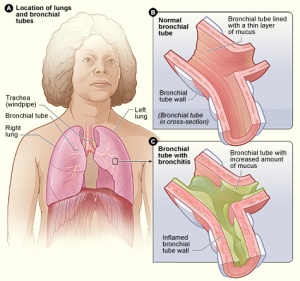
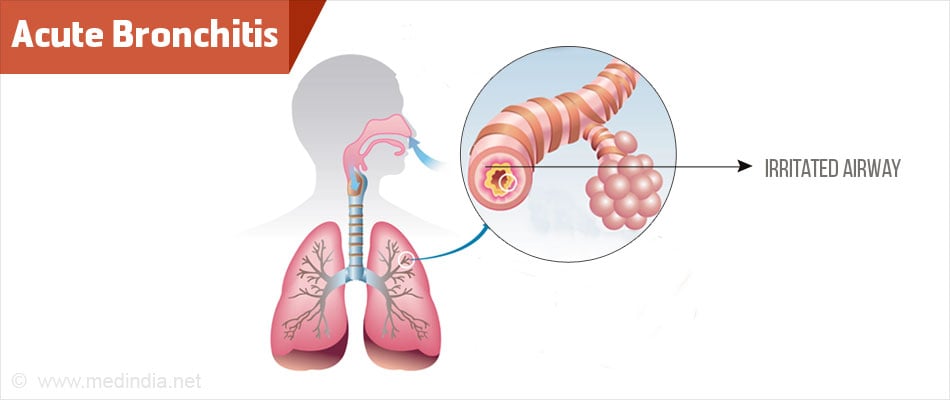
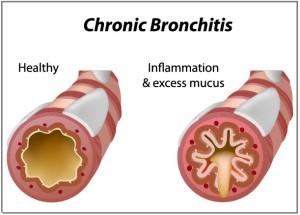



:max_bytes(150000):strip_icc()/huntingtons-disease-symptoms-5091956-Final-c6e5d478c42945b593bafa65d9408e23.jpg)
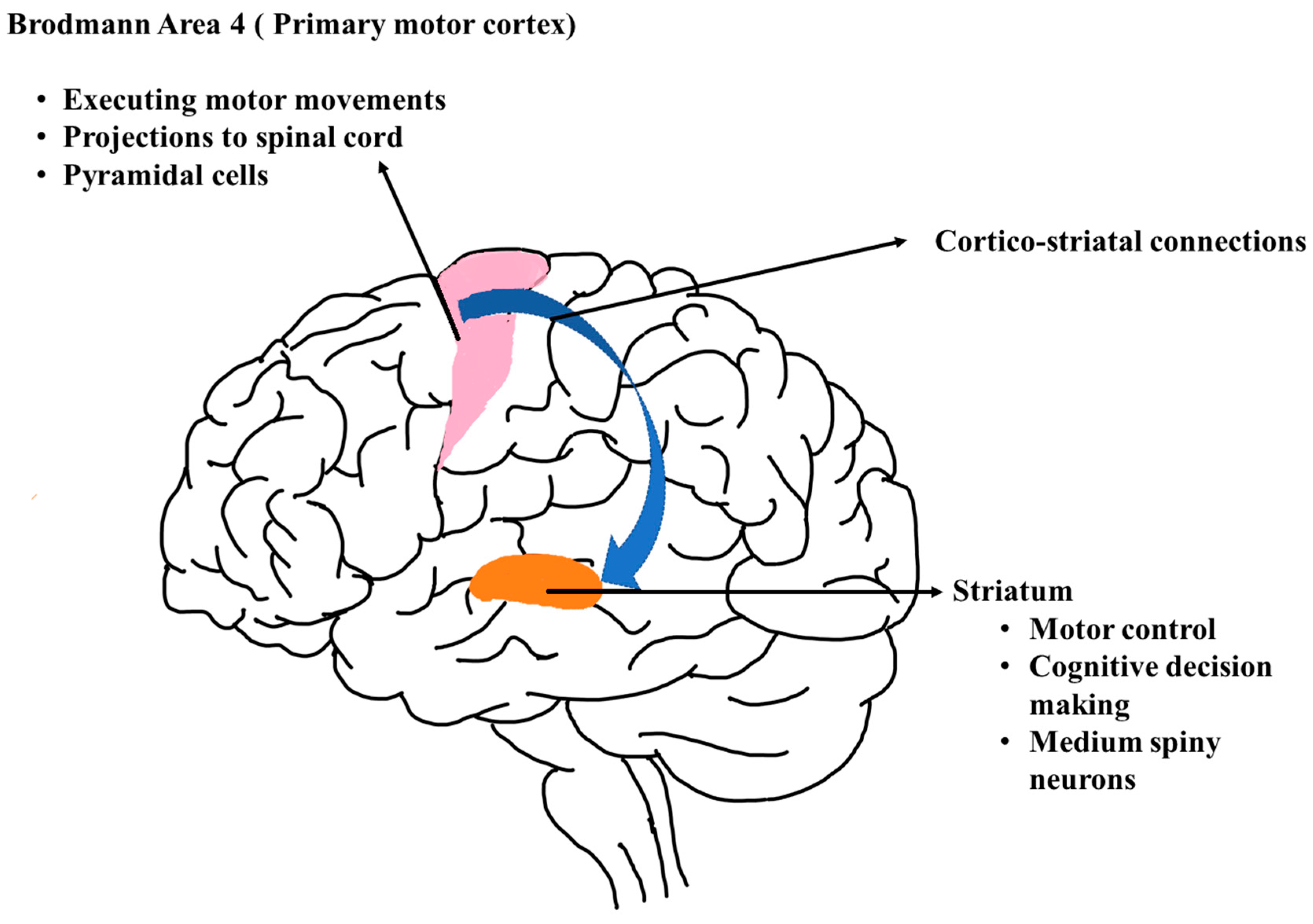
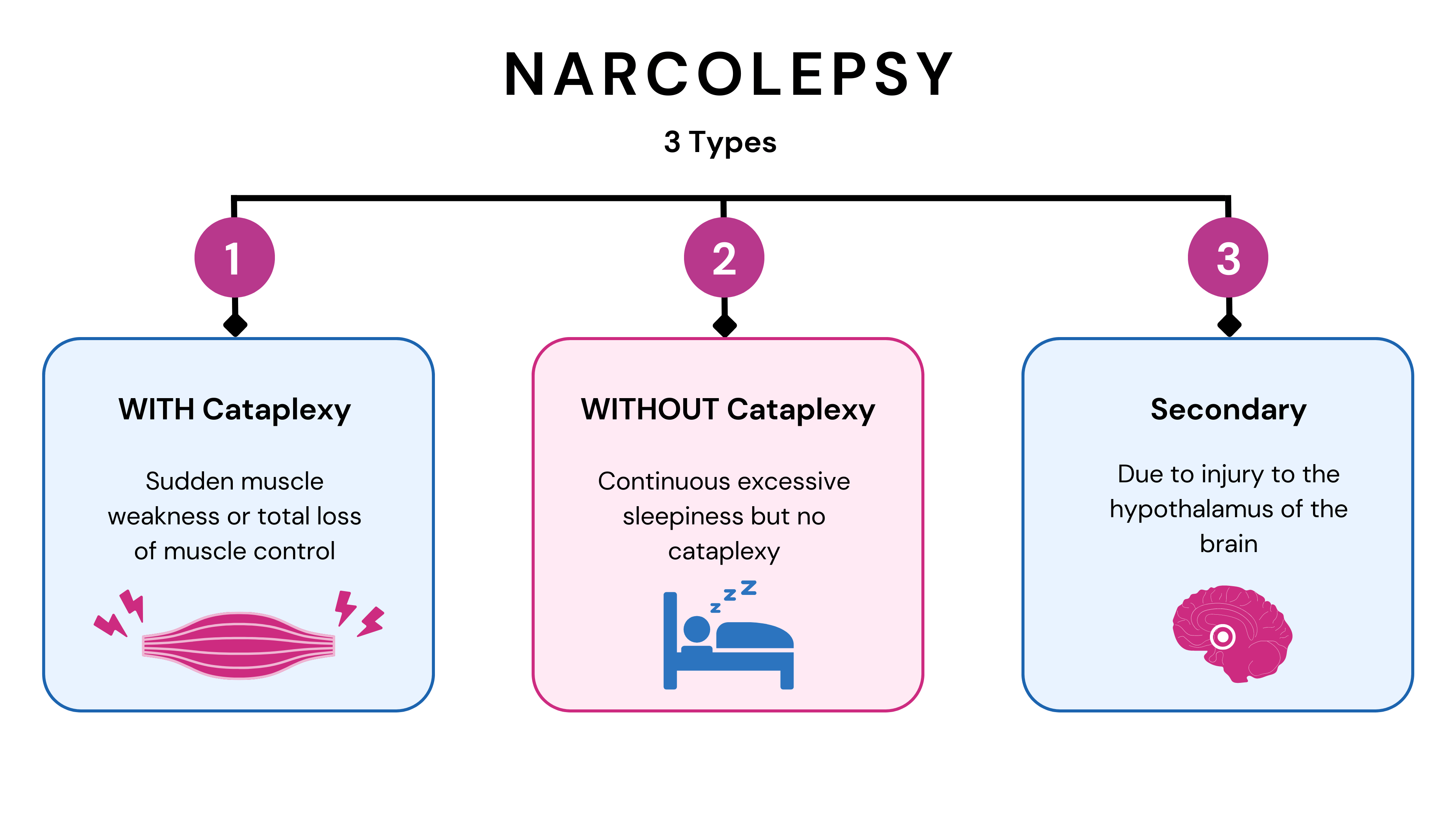




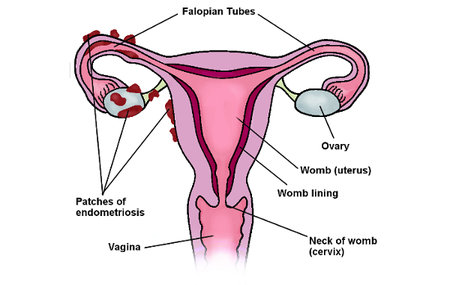 Pathophysiology
Pathophysiology